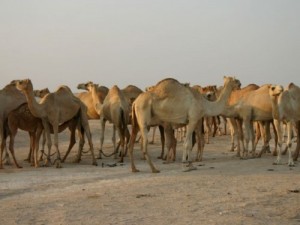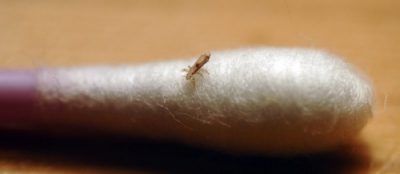 Turning child’s play into power
Turning child’s play into power
Fun seems to be the one truly unlimited source of free energy. You can find it in the mountain villages of Turkey, the narrow streets of Jerusalem and the dusty villages of Jordan. Somewhere in Tehran or Cairo or Istanbul even as you read this, this energy is being generated and released as young people practice for the 2014 World Cup. Have you ever wondered at the possibilities of capturing this energy? No I don’t mean harnessing child labor as in some sort of Dickensian dystopia, I mean– what if we could harness some of the boundless energy released when people play, capture it while they are enjoying themselves?
Some students at Harvard University in the US had that same thought and they did something about it. They began experimenting with parts from a generator flashlight and went on to invent a soccer ball which generates electricity every time it is kicked. At the end of a 30 minute game the energy stored in each SOccket ball can light up an LED lamp for up to three hours. It can also be used to charge mobile phones and other small electronic devices.
The four Harvard students, Hemali Thakker, Julia Silverman, Jessica O. Matthews and Jessica Lin received grants from the Clinton Global Initiative University to develop a prototype of their invention. Jessica Matthews and Julia Silverman went on to start a company called Unchartedplay to manufacture the SOccket ball and try to organize sponsorship for the balls to be sent where they are needed the most.
In an interview by Jake Abrahamson of the Sierra Club, Jessica Matthews said that the SOccket is designed for the developing world. It is a durable, 95% recyclable product. She said she sketched out the design for its gyroscopic generator when she was a junior at Harvard.
“Anyone can do the electrical part,” she said, “a trained monkey can do the wiring. The hard part was creating a ball that felt like something you wanted to play with.” Uncharted play has plans to release a new product in 2013. The new ball is called the Ludo and it tracks play time which can be uploaded and turned into real-world items for social development products.
One in five people live without electricity. In much of the developing world, the only alternative for indoor lighting is kerosene. When Nicholas Negroponte’s XO “One Laptop Per Child” laptop was taken to remote villages in Cambodia, some families were using the kid-powered laptop as their best source of indoor lighting. Another group of students from MIT found a way to use discarded soft-drink bottles for indoor lighting and now Unchartedplay has another fun way to light homes in remote parts of the world. The creative energy of these four young students made it possible.
[youtube]http://www.youtube.com/watch?v=Bi8-wLWqJp8&feature=player_embedded[/youtube]
Photo of child with soccer ball via Shutterstock.



